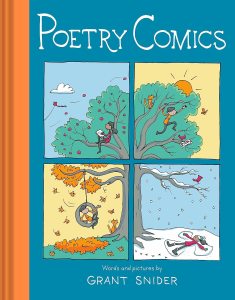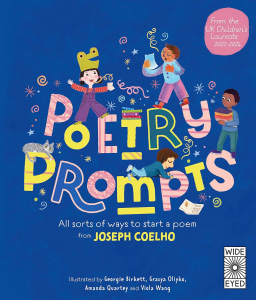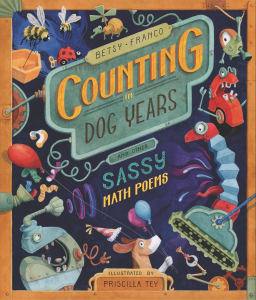Depending on where you teach, summer vacation may have already started. For the rest of you, it’s just around the corner! Really…
You likely have plans to unwind and perhaps some plans to travel and explore. Whatever the case, invest in yourself by carving out time to read. Escape with a novel or some poetry, or pick up that memoir or non-fiction book you’ve had sitting on your bedside table the last few months. And don’t forget to read the books from your classroom library so you can give recommendations to your students!
- If you haven’t yet read Hidden Potential: The Science of Achieving Greater Things by Adam Grant, put that on the top of your non-fiction list.
- If you’re looking for a bit of an escape, I just finished Watch Out for Her by Canadian author Samantha M. Bailey.
- I’m currently reading the award-winning memoir Jennie’s Boy: A Newfoundland Childhood by Wayne Johnston and For the Love of a Son by Scott Oake.
- Don’t forget about audiobooks! I’m listening to Girl, Forgotten by Karin Slaughter.
- I’m on a waiting list at the library for the very-well-reviewed My Friends by Fredrik Backman.
- If you haven’t read a graphic novel, why not pick up the latest by Jerry Craft or start with his first, New Kid?
- For a quick read, check out the Camp Average middle grade series by Craig Battle, another Canadian author.
Do tell… what’s on your to-read list this summer?






